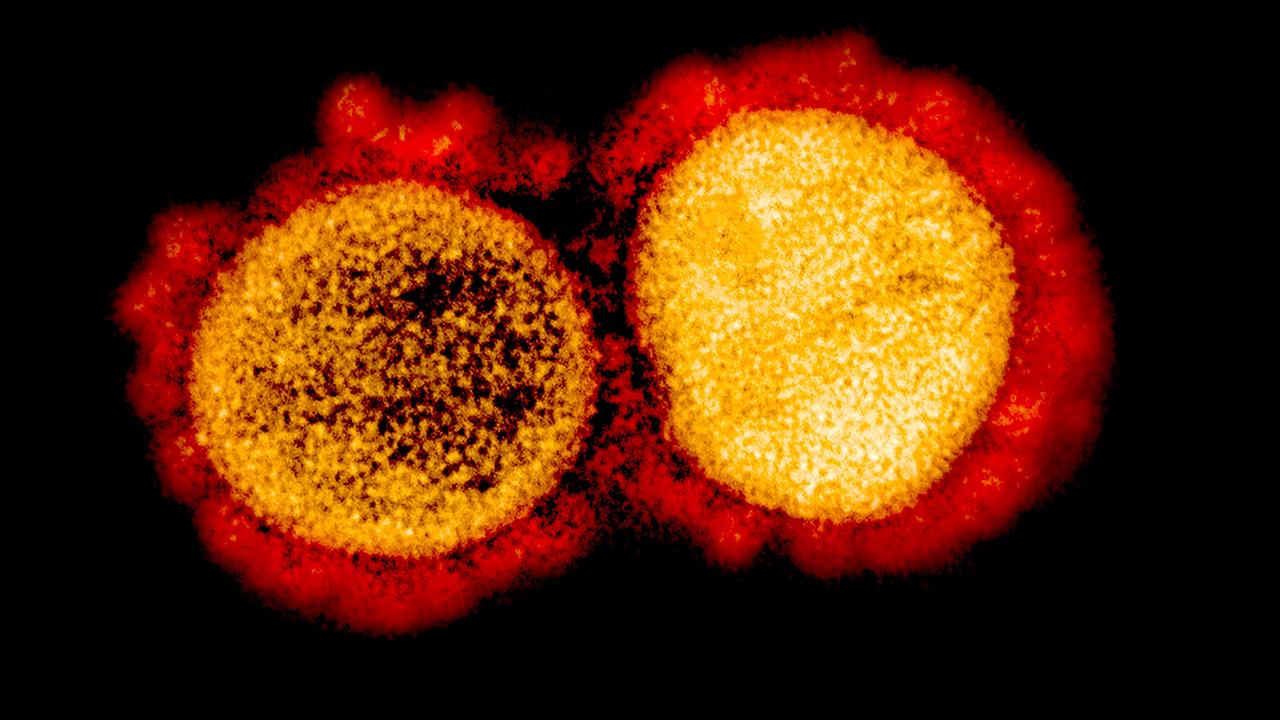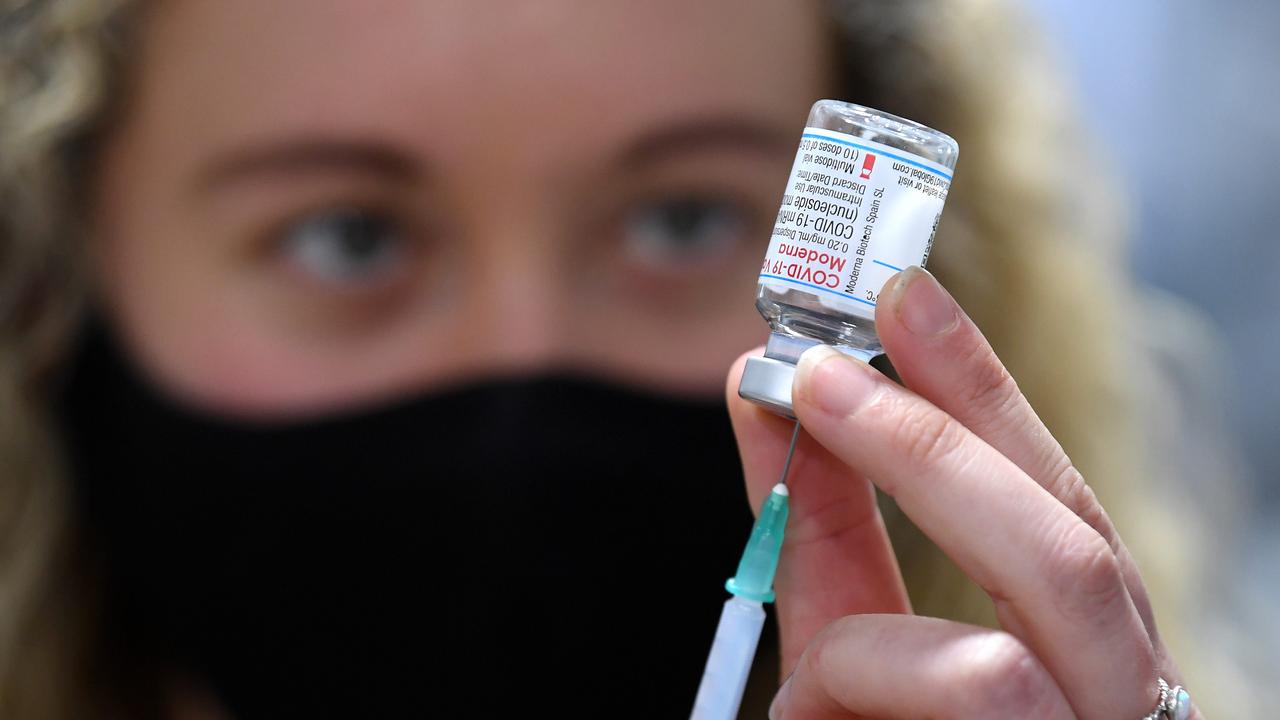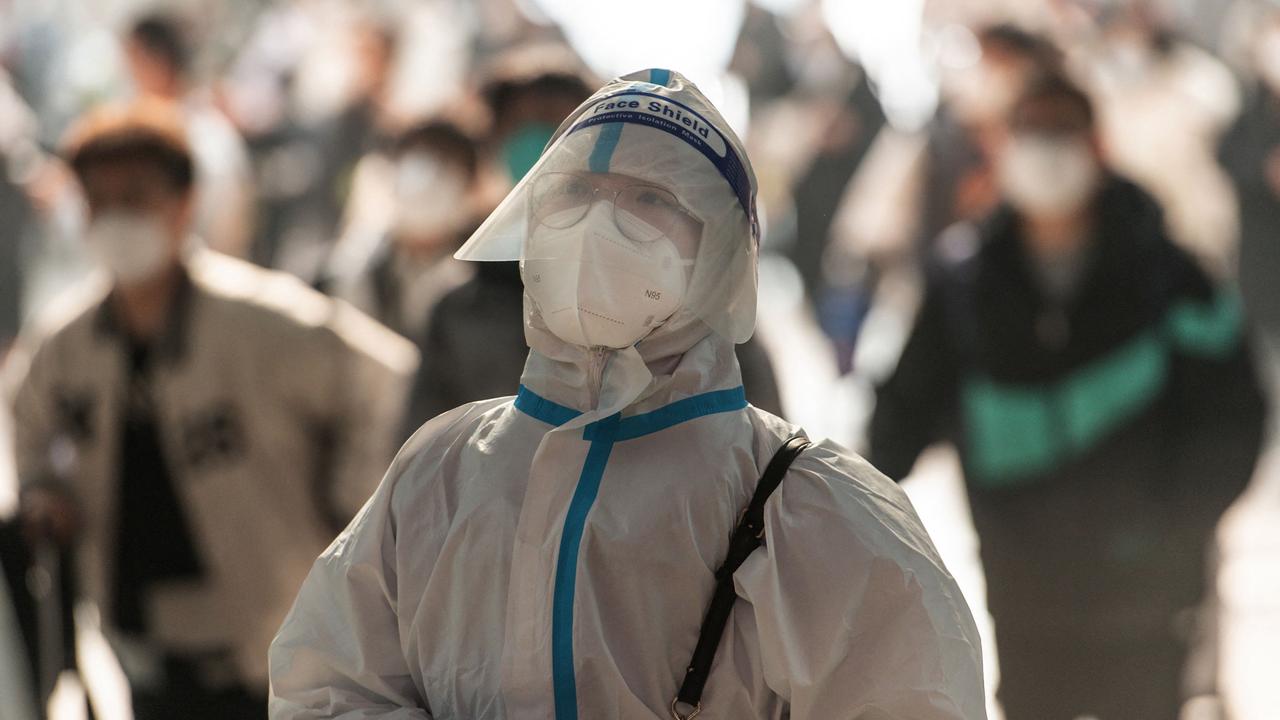COVID-19: How China controlled the coronavirus pandemic
Questions are being asked after China has managed to keep the number of coronavirus cases at a steady number for more than a month.
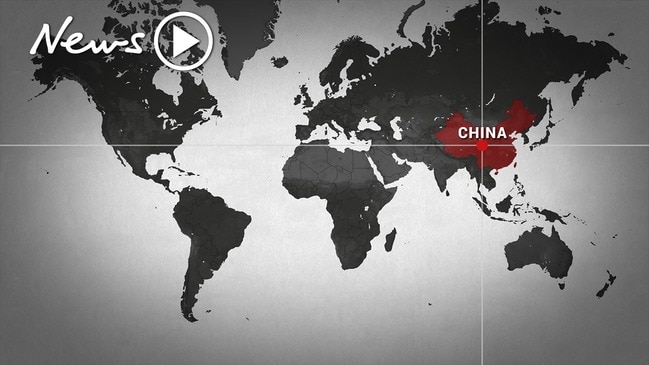
Life is returning to normal in China as the country’s Government claims to have secured a firm grip on the coronavirus pandemic.
China has reopened its cities and transport networks after two months of severe lockdown, reporting that the number of cases has stabilised for more than a month.
However, scepticism of China’s coronavirus numbers has been intensifying around the world, with critics saying methods like excluding asymptomatic cases from official tallies has made the reality of the situation in China unclear.
As the infectious respiratory virus continues to bring countries around the world to their knees, China, where the coronavirus originated, officially reported no new locally transmitted cases of the virus on March 18.
Miraculously, since then, only six cases of the virus had been reported in Wuhan, the ground zero of the virus.
Today for the first time, the country included “symptom-free carriers” among its reported cases, and said there were only 130.
China’s Government claims it has controlled the number of cases at about 80,000, where it’s hovered since the start of March.
RELATED: Follow the latest coronavirus update
RELATED: Chinese wet markets still operation despite COVID-19
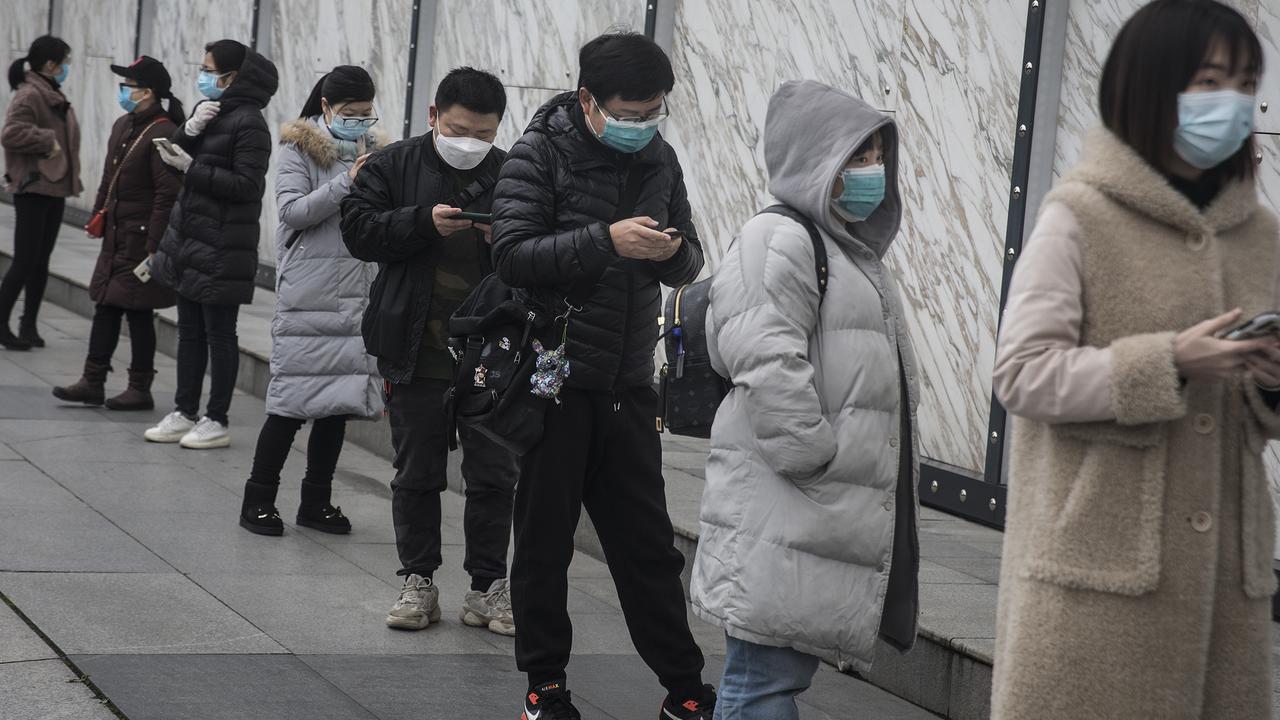

SO HOW DID CHINA DO IT?
As early as March 3, a top Chinese UN ambassador declared the country was close to reaching a “victory” over coronavirus.
“China’s fight against the respiratory infection is indeed making huge progress, and the situation is really becoming stable,” Zhang Jun said during the news conference at UN headquarters.
“The situation is developing towards the right direction and the situation is really getting better and better.”
At the time, the virus was spreading around the world and had reached about 90 countries. But its deadliness was falling in China. AP reported the day after the statement was made China’s cases were at approximately 80,000 — a number China has claimed has remained stable.
TESTING AND REPORTING
China has been criticised for failing to include asymptomatic cases, a method that’s possibly been skewing its numbers downwards, and flattening the reported curve.
The country has come under increasing scrutiny for the method, leading the Premier to declare asymptomatic cases of the coronavirus will now be monitored and recorded along with more severe cases of the virus, as the country continues to work to stop the virus’ spread.
“Once asymptomatic cases are detected, early reporting, diagnosis and treatment should be in place with a strict quarantine and medical observation,” Premier Li Keqiang said in an official statement yesterday.
“Meanwhile, information should be released in a transparent manner to prevent missed reports and close contacts should be under quarantine for medical observation.”
The Premier also urged an expansion of monitoring to close contacts of confirmed cases, and “key areas and populations”.
The country’s National Health Commission caved to pressure today, releasing its number of asymptomatic cases for the first time.
In addition to the 130 asymptomatic patients, only one new locally transmitted case was reported, and an additional 35 imported cases.
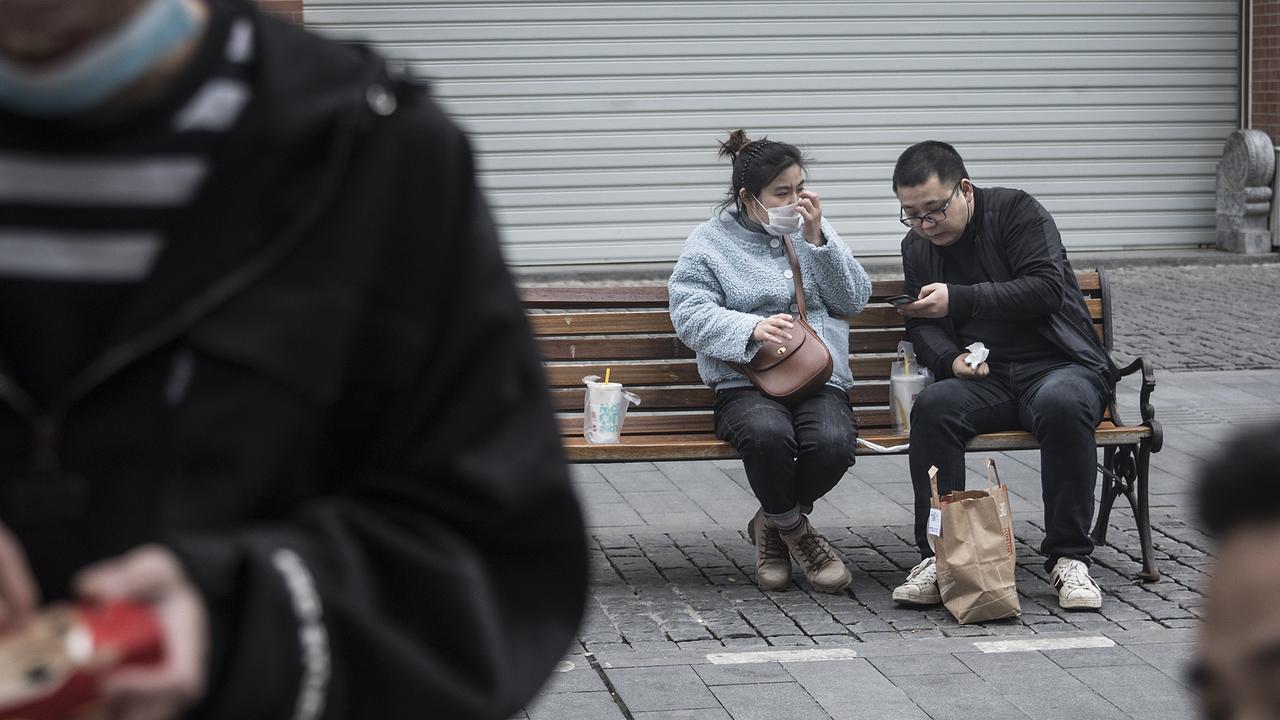
LOCKDOWNS
As the coronavirus spread out of it epicentre in Wuhan, authorities moved to lock down the city.
On January 23, families and households were confined to their homes, and people were urged not to leave their houses or apartment blocks. All modes of transport throughout the industrial city, which has a population of more than 11 million, were halted.
This lockdown then spread to all other cities in Hubei province, and the World Health Organisation called it an “unprecedented” move. Of course, it would go on to be replicated throughout the world. Only essential services were kept operating.
RELATED: Countries where coronavirus has been confirmed
RELATED: How ‘flattening the curve’ saves lives
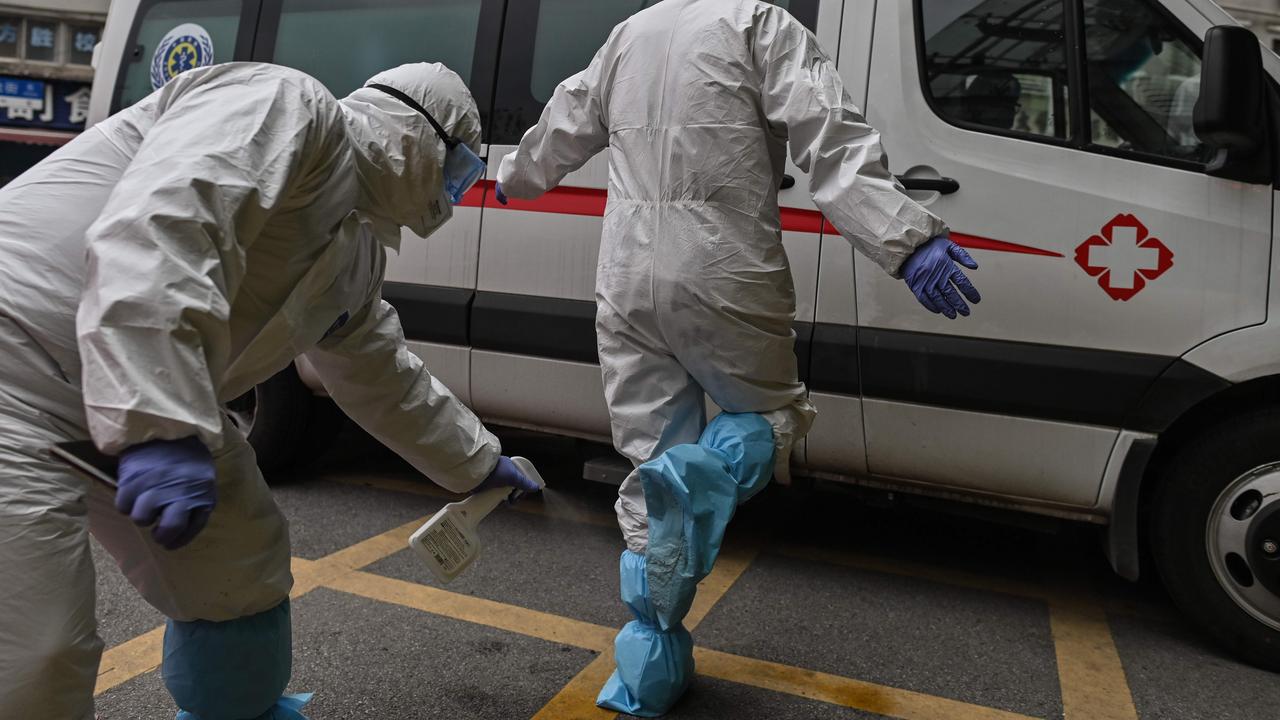
The measures have now been mirrored around the world. China’s lockdowns included only allowing a single person from a household to leave at one time for essential items. These trips were only allowed once every two days.
The lockdown began in the city of Wuhan but quickly spread to other cities and provinces in China. The lockdown was then extended to Wenzhou, Hangzhou, Fuzhou, Harbin, and the whole of Jiangxi province. It’s estimated to have affected some 59.17 million people in China.
The lockdowns were eased on Friday.
On the same day the lockdowns were eased, China’s National Health Commission said 54 new coronavirus cases were reported on the mainland. The new cases were all linked to foreign cases of coronavirus.
From Saturday, China, like a number of countries around the world, suspended foreigners from entering the country. The last confirmed locally transmitted case of the virus in Wuhan was last Monday.
MAKESHIFT HOSPITALS
Another way China moved to combat coronavirus was to build two emergency field hospitals in Wuhan, to deal with coronavirus cases, and ease overcrowded hospitals in the virus epicentre.
The first 1000-bed facility, Huoshenshan Hospital, was constructed in 10 days and began taking patients on February 3. The construction crews worked virtually around the clock to get the hospital built and take crowds of infectious patients needing specialist treatment out of other hospitals in the city.
Once the first hospital was constructed, the same construction plans were used to build a second facility in the Parking Lot of the Athletes Village in Jiangxia District, Wuhan, Hubei.
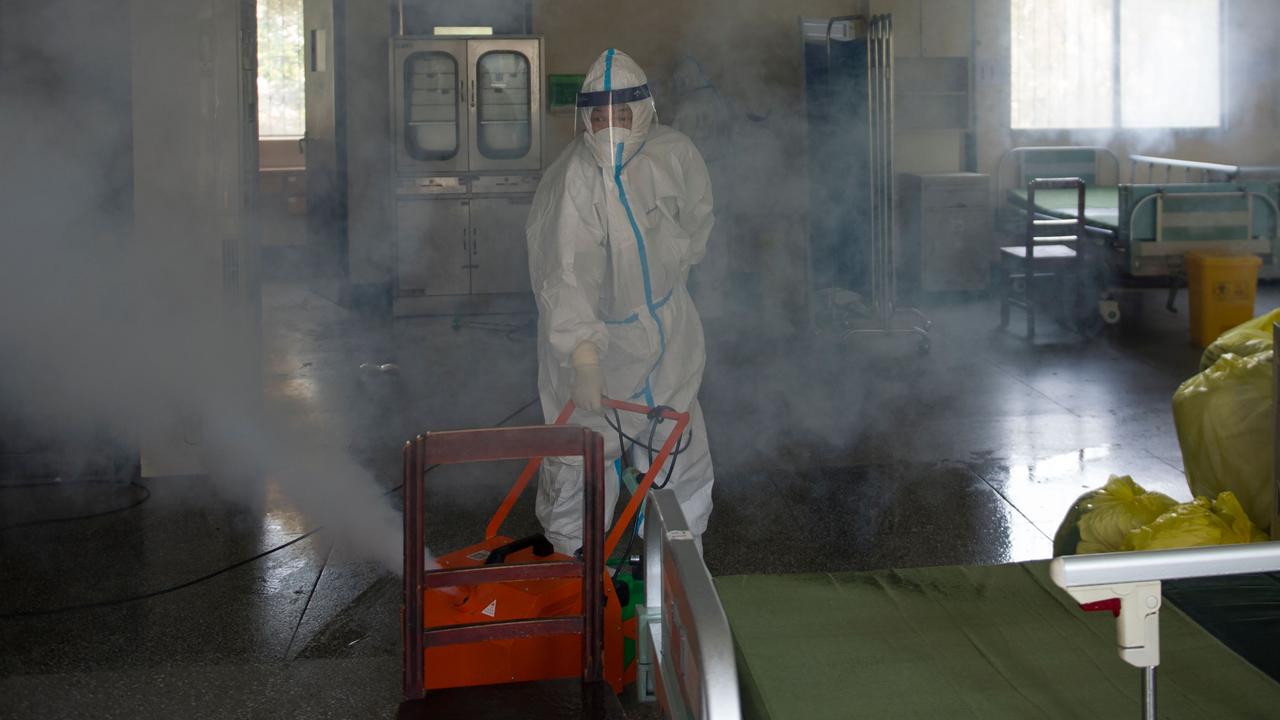
These hospitals are still treating coronavirus patients, and easing the strain on the health system in the province. Both hospitals are 60,000sq m and about half of them are dedicated to isolation wards. They’re also equipped with 30 intensive care units.
MOVING FORWARD
Epidemiologists have warned that fresh outbreaks are still a risk in China with so much of the population still susceptible to coronavirus infections.
“How to balance getting back to work and a normal state versus maintaining the current status (of few new cases) is certainly critical,” Ding Sheng, director of Global Health Drug Discovery Institute told Science Mag.
According to that report, the reopening of the country has been slow and methodical. Restaurants have recommenced trading with reduced hours, and allowing less customers in at a time.
Schools have only reopened in communities deemed free of the disease and students are undergoing health tests including temperature tests. Universities and many other types of education is still being taught online.
Events including concerts and large gatherings also remain banned.
Social distancing, too, is still a part of every day life in China.


